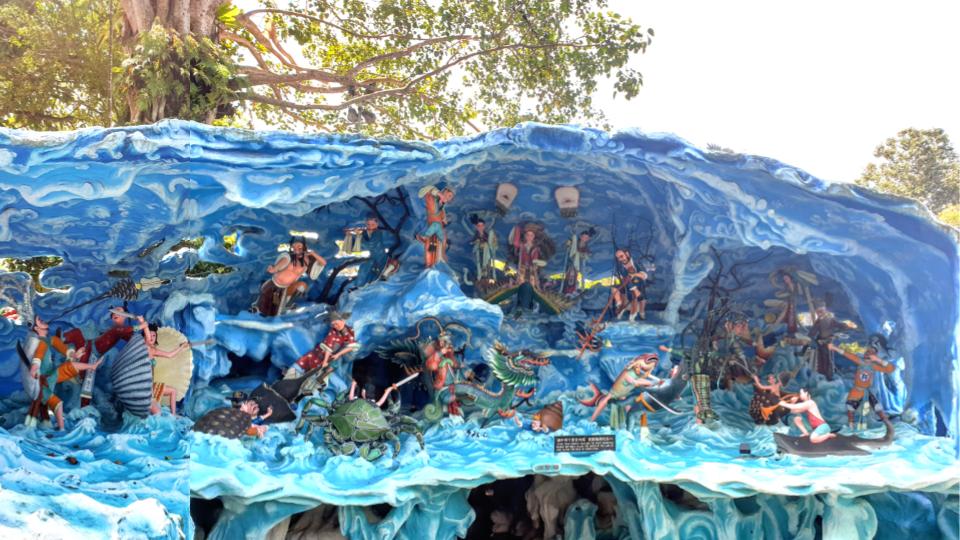
About Us
It is part of a pedagogical project, funded by the National University of Singapore, the Université de Paris and the French Agence Nationale de la Recherche, and it takes place under the broad rubric of the Indian Ocean collaboratory – the Southern Collective. The Asian Bestiary is inspired by the Southern Collective’s collaborative ethos of ‘democratizing knowledge’ and enabling ‘participative collaboratories’, to bring scholarly knowledge and artistic engagement into a broader pedagogical arena.
The Bestiary site evolves day by day, and we welcome anyone who is interested in collaborating with us. The project is centred around a website, conceptualised as a work-in-progress and as a participatory educational tool, representing animals whose products or body parts are used to promote health and healing. The pedagogical aspect also involves an academic course on human relations with nonhumans taught by Mathieu Quet in France and by Annu Jalais in Singapore (until 2021) and at Krea University in India from 2022. Students attending the course are sensitized to the historical entanglements, common geographies, symbolic meanings, and shared zoonotic diseases between humans and many forms of nonhumans. Thereafter, students are invited to select a ‘nonhuman’ (mythical or otherwise) and introduce it to the public through a short essay covering its biological and social properties, the various stories surrounding it, and the multiple religious or medicinal uses it offers. The website content will be updated by multiple batches of students who contribute to a wider and diverse understanding of nonhumans in an Asian and Indian Ocean context.
About the content of the Asian Bestiary
The pharmaceutical industry, be it “traditional” or “biomedical”, uses animal life or products of animal origin at different stages of innovation and manufacturing. For example, mice and macaques are used in experiments during the innovation phase; fat of porcine or bovine origin is used in the manufacture of gelatin to coat medicinal capsules; the hide of donkeys is used as a medicine in traditional Chinese pharmacopeia or TCM practices. Every year, millions of animals are culled, and millions of tons of products of animal origin are used all over the world in order to treat diseases and cure people.
This website aims at interrogating such practices, and pay tribute to the nonhumans that are so integral, often–but not always–in an exploitative way, towards the maintenance of human health and the production of human well-being. In doing so, the website highlights the multiple entanglements that link humans and nonhumans in a highly globalized and technologized world.
Our focus on the Indian ocean area stems from our shared interest in this region of the world, which includes a significant part of our world’s biodiversity. Also, the Indian Ocean region has been subject to profound changes in the last decades, including Anthropogenic climate change, habitat and biodiversity loss, exacerbated by globalization and the emergence of new world markets.
In addition, the website is curating an online exhibition, “Imagining ‘Asian’ nonhumans”, dedicated to the exploration of human/nonhuman relations through the work of twenty different artists and a section on the essays, drawings, and short pieces by youth from different areas of the Indian Ocean Region on their environment and their relationship to nonhumans and zoonoses.


